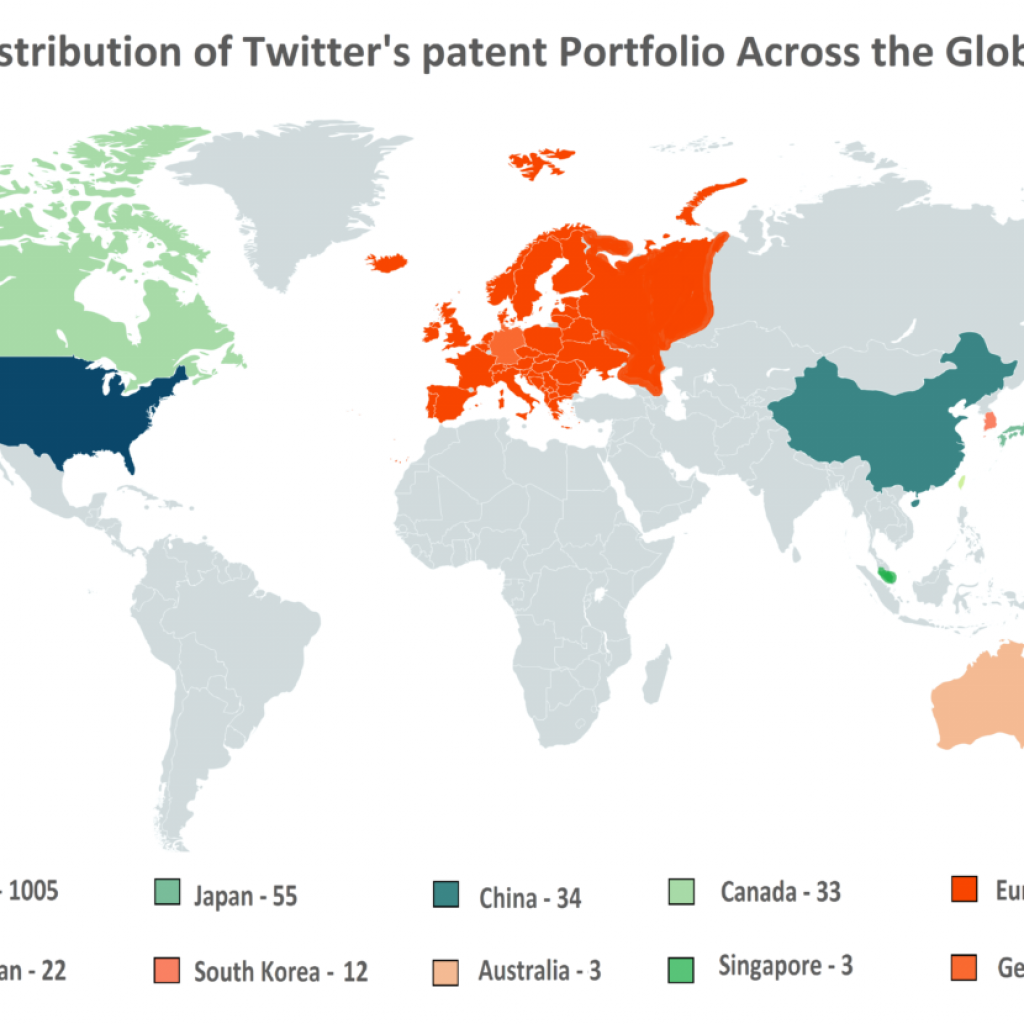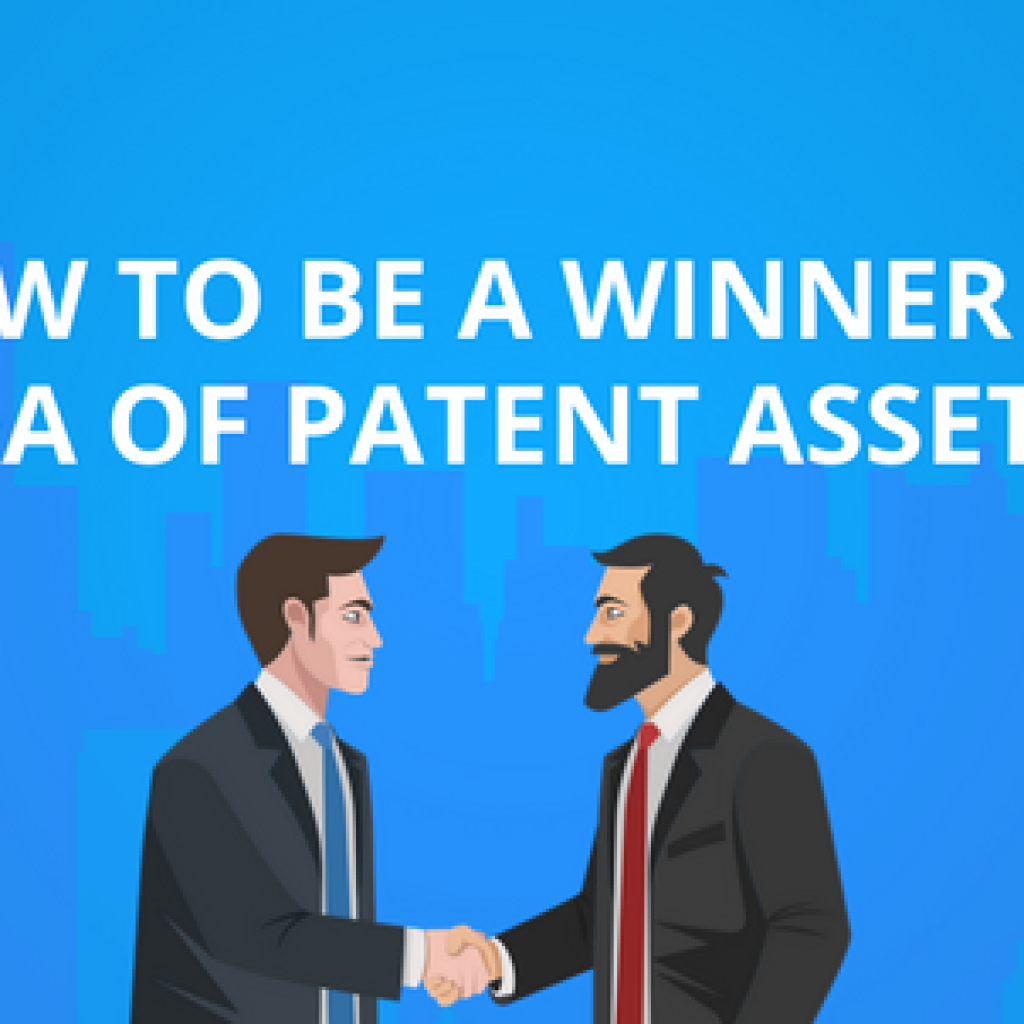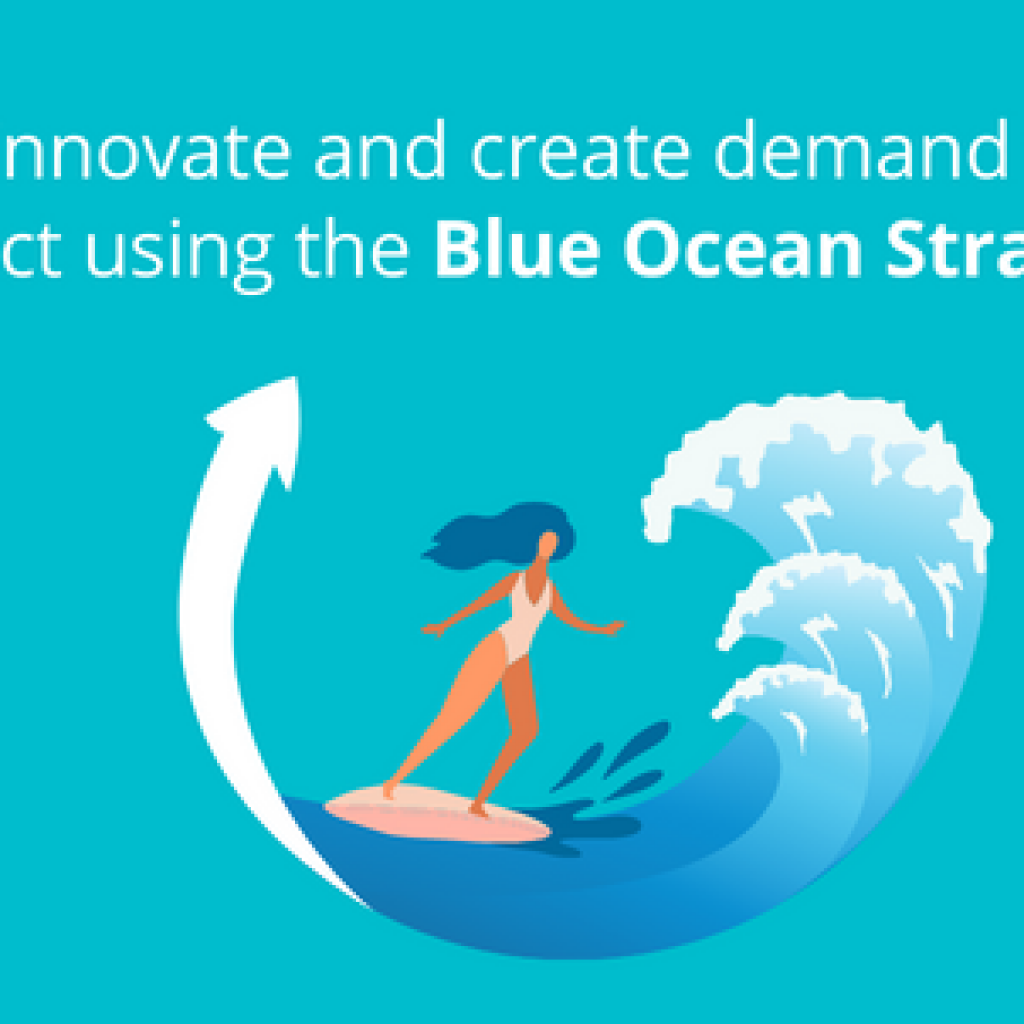The ecosystem of a patent and its technology are critical factors in conducting a prior art search and even selecting the appropriate researcher for your case. Moreover, in one of our blogs, we discussed the same in detail using the examples of Researcher A and Researcher B.
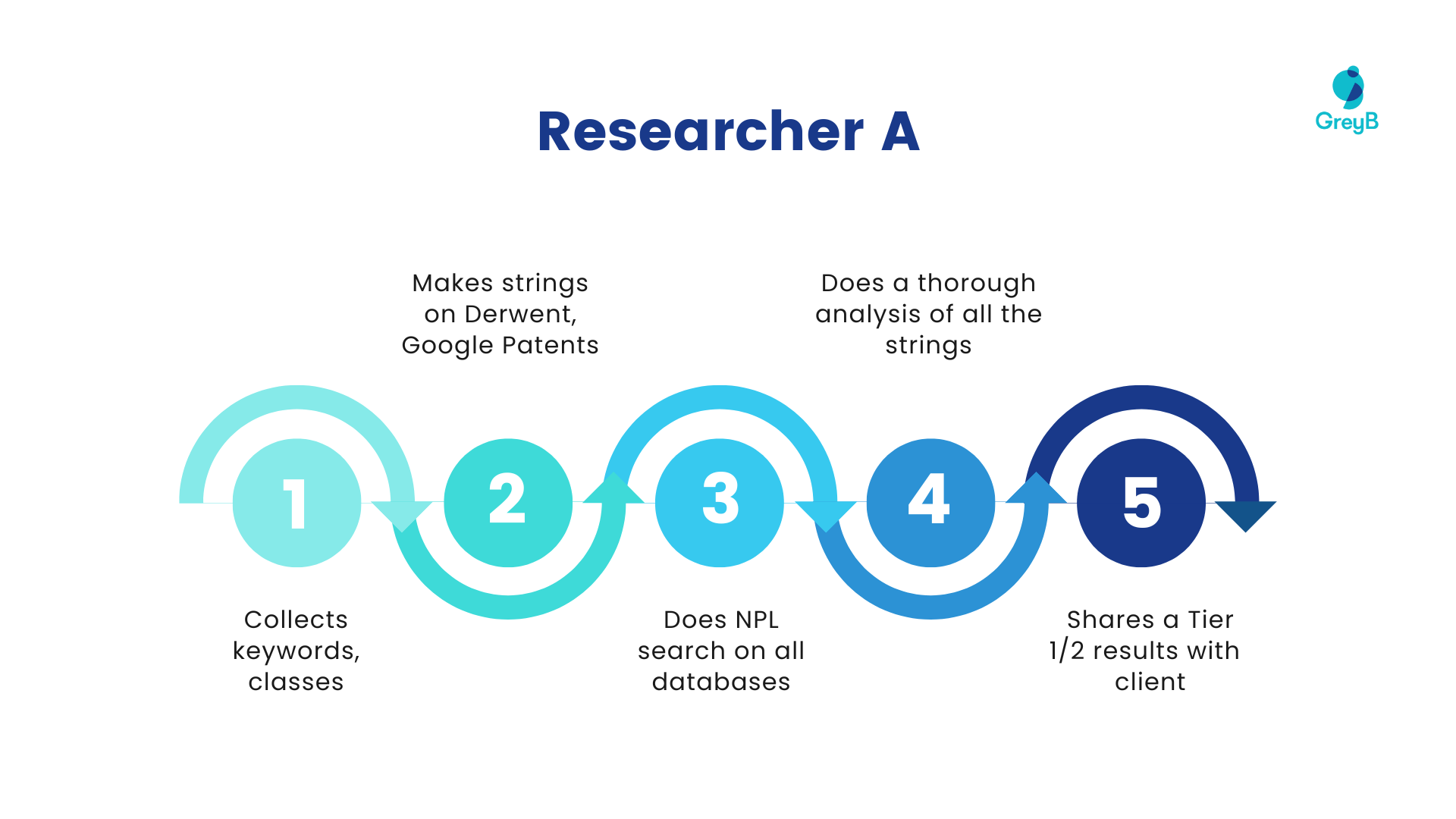
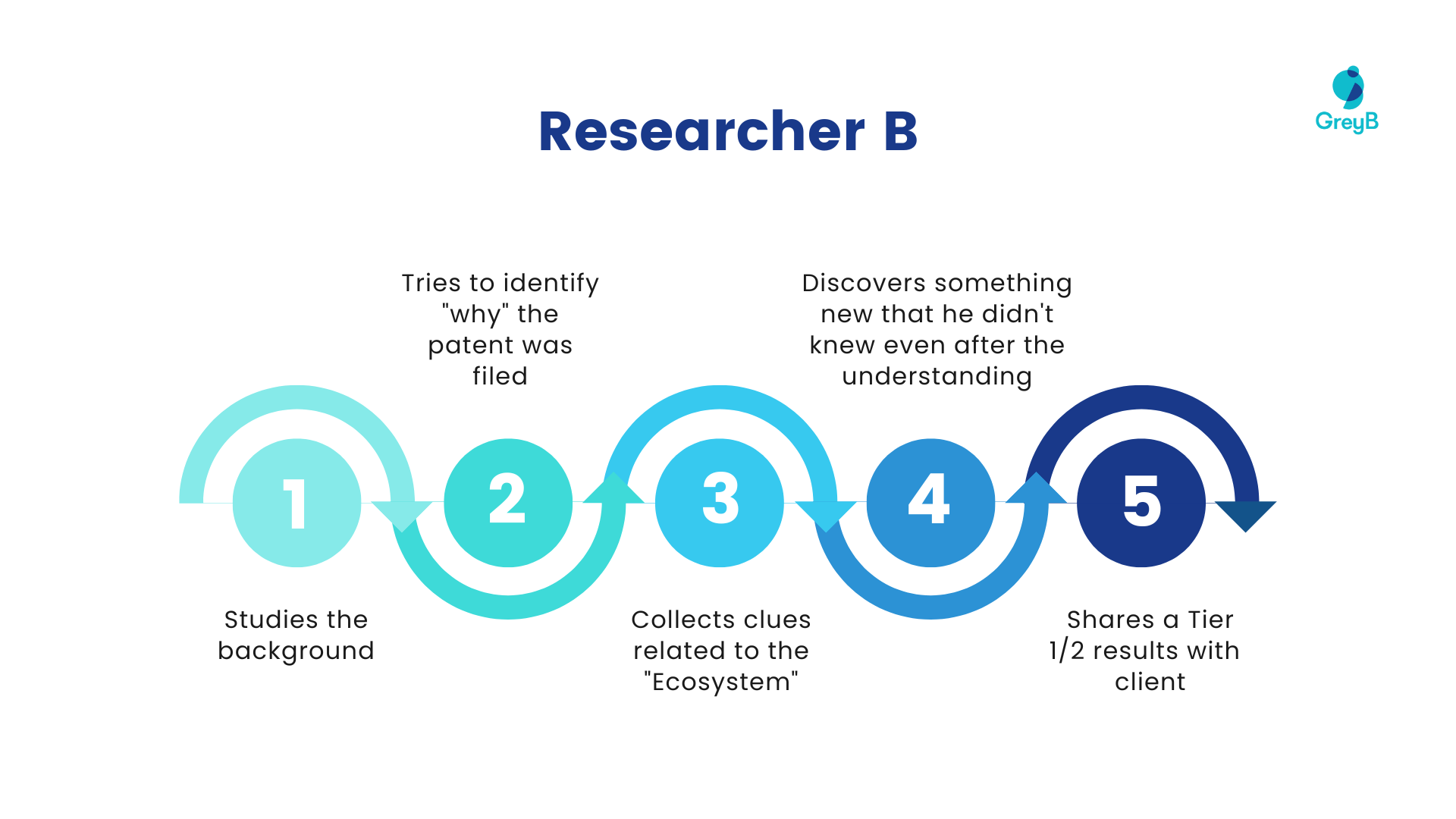
Returning to this case study, I will share how implementing Researcher B’s thought process helped me crack a very important prior art search case.
What was the technology, and how did I find the prior art?
To set the context before proceeding, the subject patent talked about auto-playing media when it becomes visible on the screen while scrolling, just like YouTube or Instagram. The user can experience seamless playback without using the play button. Therefore, many applications have implemented this feature.
Once I studied the patent, I thought it would be pretty easy to find Tier-1 since the technology involved is really easy. However, this assumption vanished into thin air when even after three days of patent searching, I did not spot even a single good tier-3 result, let alone tier-1!
After using the string “(thumbnail) (video) (preview) (increases) (hover) (player) (pause) (media) (GUI) before:publication:20100129,” all I had in hand was a patent from the early 2000s about auto-playing ads in between a video which was pretty useless for this case. Despite trying smart search string strategies, there was nothing in the patent literature fit for this case. Thus, I decided to move away from traditional patent searching for the time being.
Using the concept of Ecosystem to crack the case
After exploring the traditional route, I established the chain of technology to see where else this concept might have been used. I remembered that many gaming console UIs have an auto-play feature. However, they didn’t have the feature before the date.
Moving forward, I started focusing on what other areas will benefit from this technology. I came across a Chrome extension to a Russian live-streaming app that made me think there might be an extension or a plugin that plays the video on focus to make life easy. I searched for email-enhancing add-ons too, but I was still empty-handed.
So, after going through a ton of such softwares, and extensions (figuratively speaking), I decided to go in the direction of media players and apps on mobile devices. However, the problem was where to start; which devices were available before the priority date?
I actually resorted to the help of chat-GPT to find products with video playback features. Most of the products were launched in the same year as the cut-off, so the chances of finding a possible disclosure seemed grim. Nonetheless, I used Internet Archive and YouTube, hoping to find at least something. But guess what, nothing there either :’).
I had been trying to find the prior art by exploring similar inventions as stated in the ecosystem, and it felt like the system art was right there but not in my grasp.
In my journey to find system art, trust me, I went through some shady corners of the internet,… like the Russian and Chinese websites with weird & useless products (I could only hope the FBI was not watching me after that).
Jokes aside, after another 2 days of extensive NPL searching for media player devices, I came across a futuristic gesture-controlled concept television with a similar UI but did not support an auto-play feature. This was a ray of hope for me. So, I did rigorous searching on youtube and finally came across a CES video showing Hitachi’s gesture-controlled TV, and luckily it had the features we needed.
I also had one lead from searching for mobile phones and PDAs, a Microsoft OS for phones that looked interesting. But I couldn’t find anything substantial around it while searching in manuals and guides. As there was not much-written literature, I again turned to YouTube to find at least one video explaining the technology discussed in the research article.
And Voila! I found two (low-resolution) videos that showed the exact process of media playing as I required. To add to this, when I discussed the results with the client, he was so happy and seemed impressed!
Conclusion
Honestly, the experience was both challenging and exciting. I had to watch hundreds of YouTube videos to find the relevant section, as most phone reviewers focused on the crazy stuff rather than the relevant features.
I am sure I would have missed out on the prior art had I not explored the ‘similar technologies’ concept and only relied on search strings and basic NPL search.
Nonetheless, this was my first case after joining GreyB, and I was able to implement the power of the ecosystem to solve the case. You can also read more case studies on how my fellow researchers have been going beyond the traditional search strategies to find Tier-1 results for our clients.
Have a project that requires out-of-the-box expertise? Well, we are just a click away.
Authored by: Aayush Tiwari, Prior-Art Team
Edited by: Annie Sharma, Editorial Team





